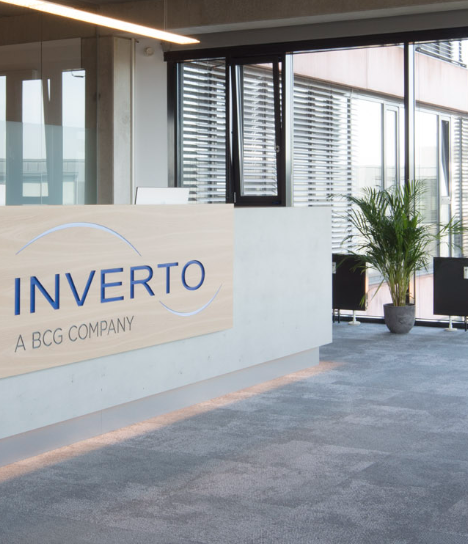INVERTO study: Packaging should become more environmentally friendly / majority of consumers would accept additional costs
Cologne, Germany, November 19, 2020 – plastic taxes, a ban on disposable bags, CO2 certificates – politicians are coming up with a number of ideas to stem the tide of plastic waste. More and more consumers are also taking a critical view of conventional packaging. Sustainable solutions are therefore a high priority for retailers, consumer goods manufacturers and packaging producers. However, complexity and a lack of suitable materials are hampering development, according to a study by INVERTO, the Boston Consulting Group subsidiary specializing in procurement and supply chain management.
For half of all respondents and even three-quarters of packaging manufacturers, sustainable packaging is already very important today. 86% assume that the demand will continue to increase in the coming years. Currently, most of the participants in the study put the share of sustainable packaging in their company at a maximum of 25%. In five years, they expect at least half of all goods to be packaged in an environmentally friendly manner. The more companies are convinced that sustainable packaging brings image and competitive advantages, the more ambitious their targets.
Complexity is high, availability low
However, it is not clear when packaging deserves the label “sustainable.” Nor do all sustainability goals go hand in hand – for example, reusable bottles conserve resources but cause many CO2 emissions when transported hundreds of kilometers. Paper and cardboard are made from renewable raw materials and are easy to recycle. However, if cardboard packaging is coated, for example to make it waterproof, the non-recyclable plastic film remains and has to be incinerated.
Accordingly, more than half of the study participants complain about the high complexity of the issue. For companies operating internationally, the challenge is further increased by different legal requirements. Only 75% of packaging manufacturers are confident of having an overview of all available sustainable solutions, and the figures for retailers and consumer goods producers are even lower than 50%. However, this could also be due to the fact that around two thirds of the respondents have limited know-how and capacities in their purchasing departments. It is therefore not surprising that a good half of the participants sometimes have problems obtaining sufficient raw materials for sustainable packaging.
Who bears the additional costs?
Sustainable packaging is often more expensive than conventional packaging – recycled plastic, for example, costs more than virgin material. Opinions differ on the question of whether consumers are willing to bear these additional costs: 50% of the experts surveyed from companies do not believe so, while 46% are confident that they can pass on at least part of the costs.
In fact, a very large number of consumers are willing to bear additional costs for sustainable packaging, as shown by a short representative survey commissioned by INVERTO. Thus, 72 % of the participants would accept a price surcharge of at least 10 % if a product is sustainably packaged. For just under 30%, an increase of over 20% would even be acceptable.
Younger respondents are more open-minded than older ones: of those under 30, only 11% generally reject a price surcharge, while 27% of those in the 30-49 age group and 37% of those over 50 are not prepared to pay more for sustainable packaging than for conventional packaging. The overall result thus shows that manufacturers and retailers are perfectly capable of passing on higher costs to consumers if they can credibly justify the price increase.
Define goals and create transparency
Companies that want to switch to sustainable packaging or increase the share should first define focal points and obtain an overview of the market accordingly. After all, depending on whether the focus is to be on renewable raw materials, recyclability or carbon footprint, the packaging solution will look different. In addition to material costs, cost calculations should also take into account additional expenses resulting from new machines or changes in production speed, for example.
However, it is not only the cost side that is important, emphasizes Rudolf Trettenbrein, Managing Director of INVERTO and an expert on sustainability in the retail and consumer goods sectors: “Those who invest now will secure competitive advantages and image gains in the future. In addition, the prices for conventional packaging will continue to rise due to the planned taxes and duties. So in the long run, sustainability pays off.”
Study design
147 participants took part in the INVERTO study “Sustainable Packaging”. 46% of them are active in the consumer goods industry, 34% in retail and 20% in packaging producers. About half of the companies surveyed generate sales of more than 500 million euros per year.
For the consumer survey, the INNOFACT institute interviewed 1,021 men and women between the ages of 18 and 69. Interested parties can download the study results and recommendations for action here.
Contact our press department


